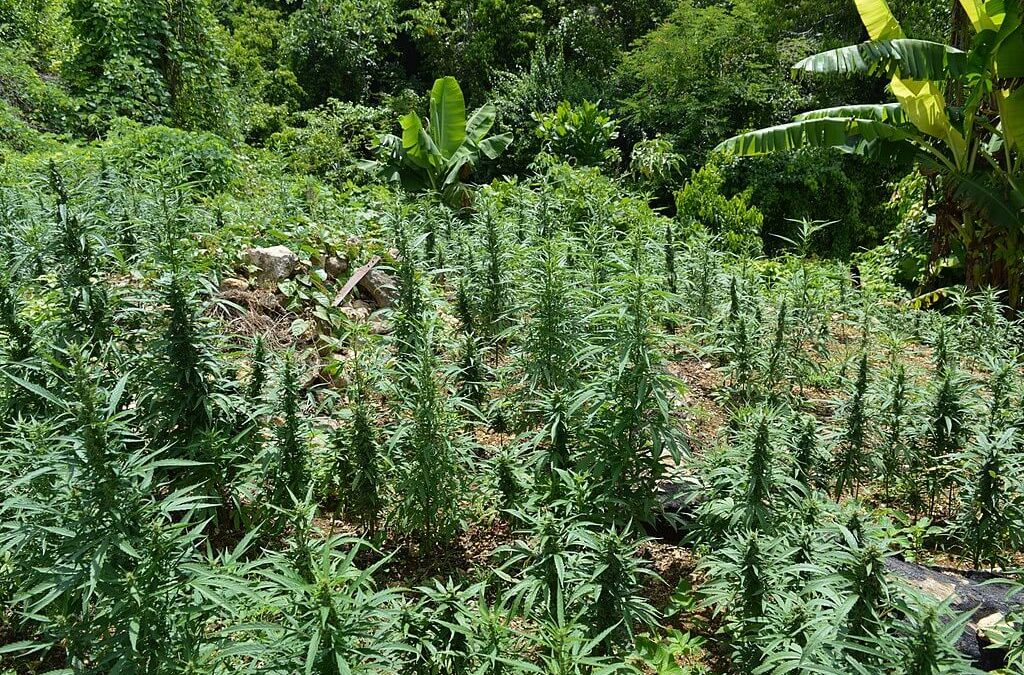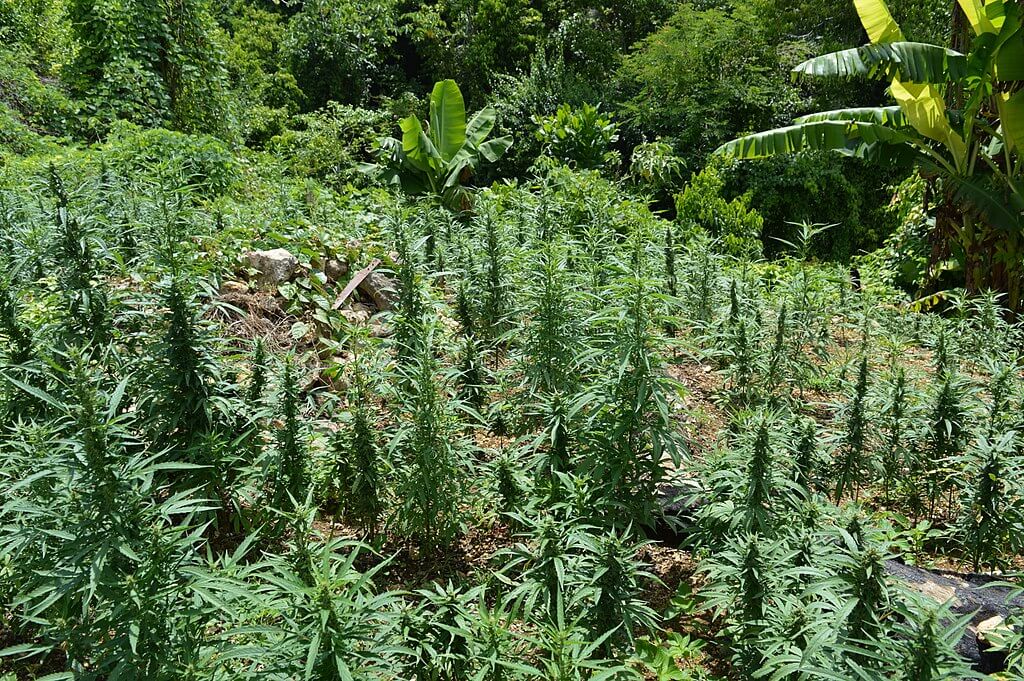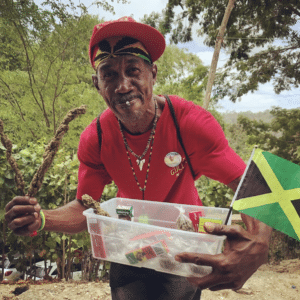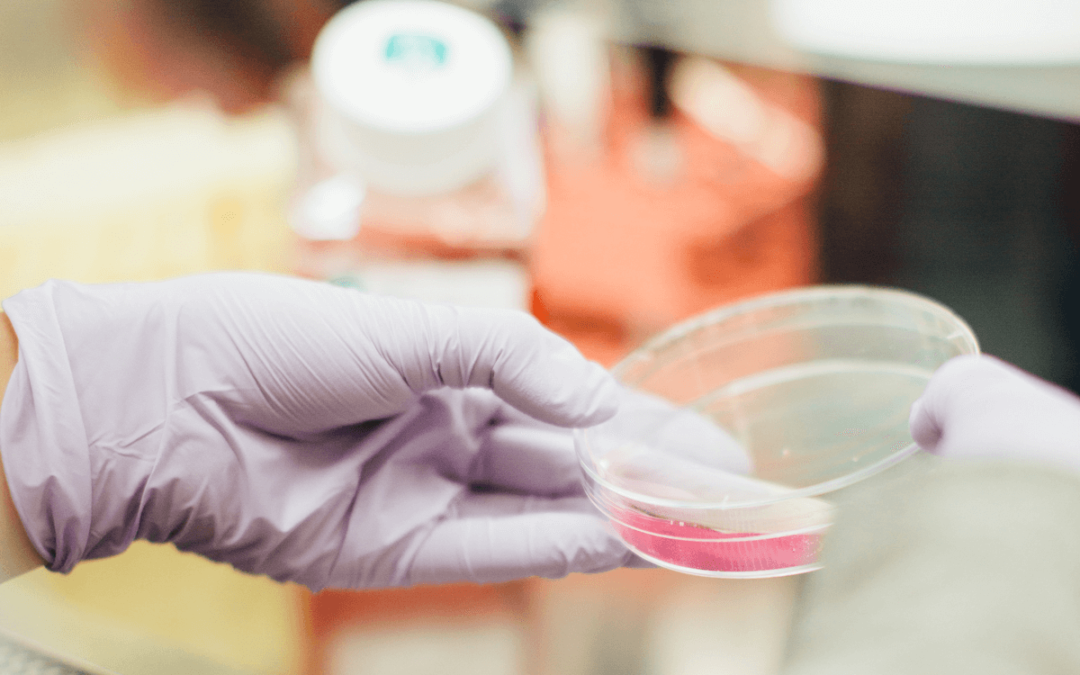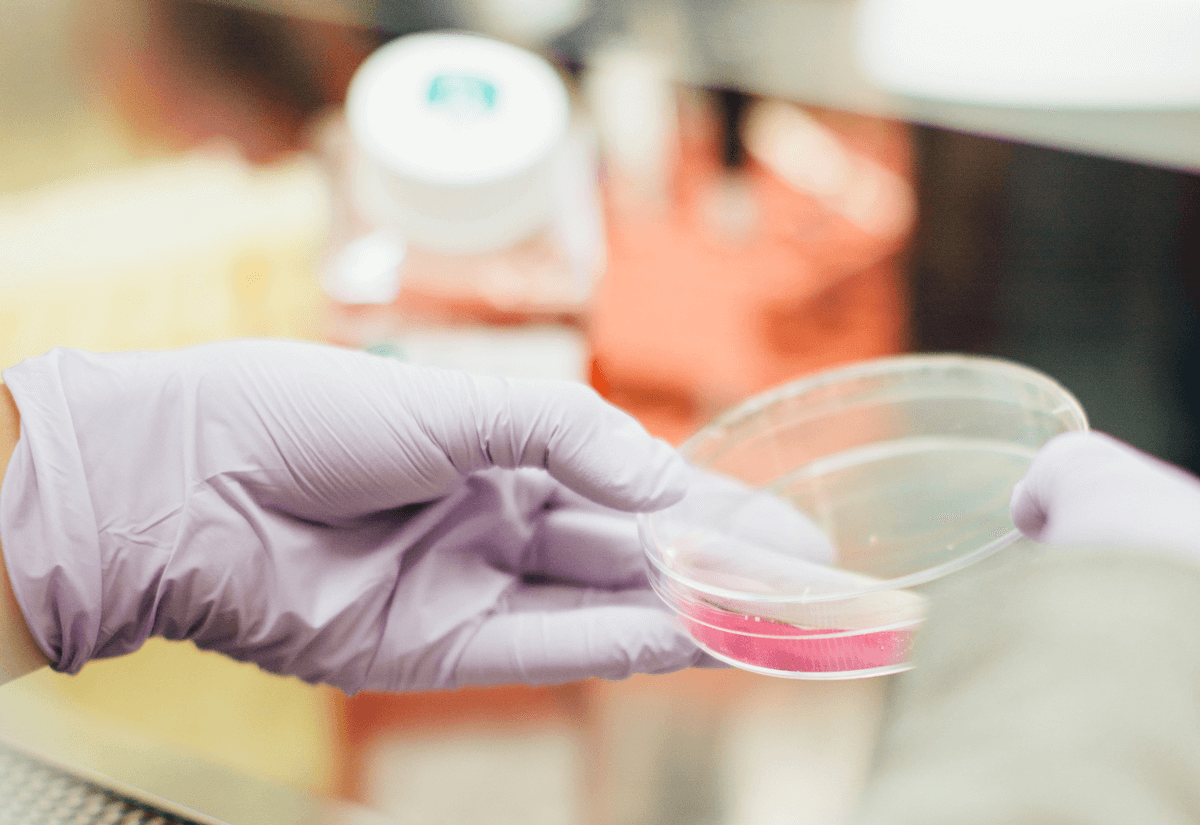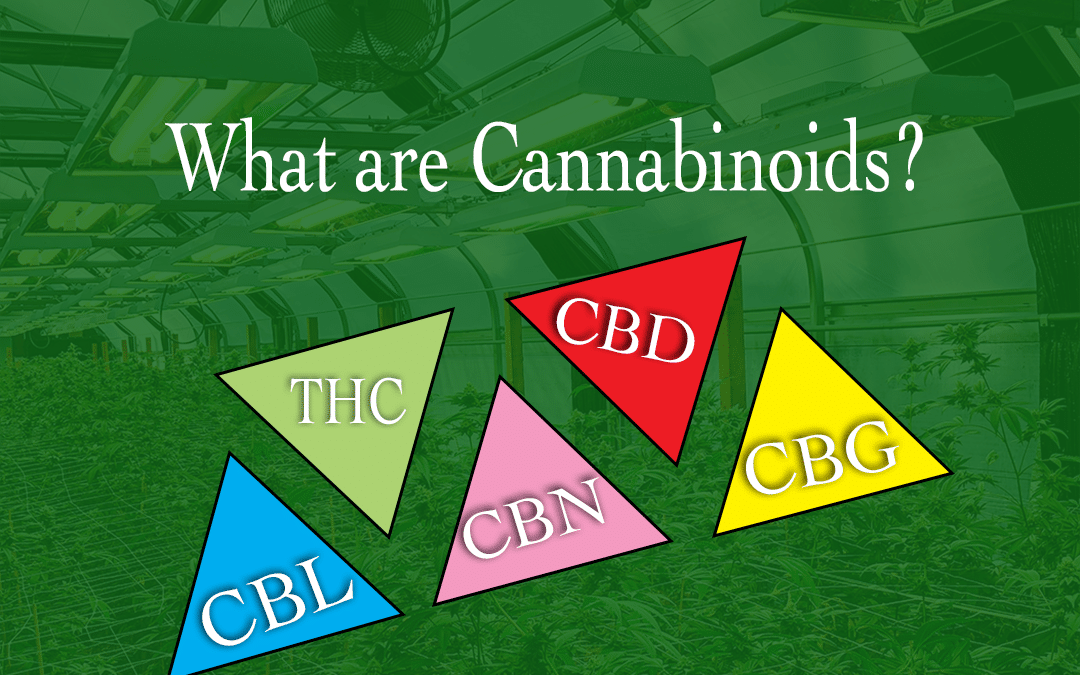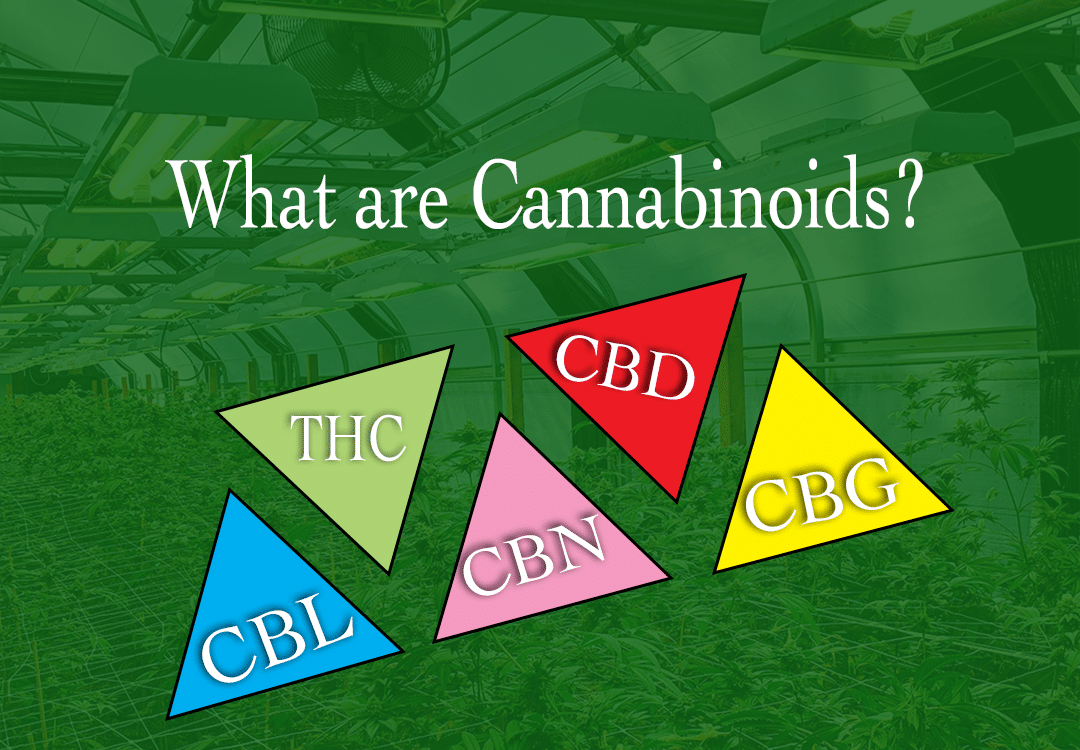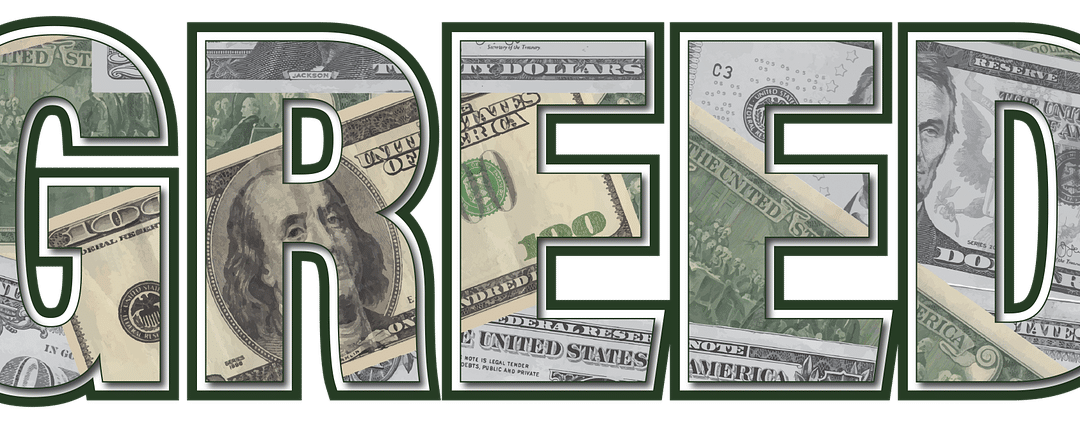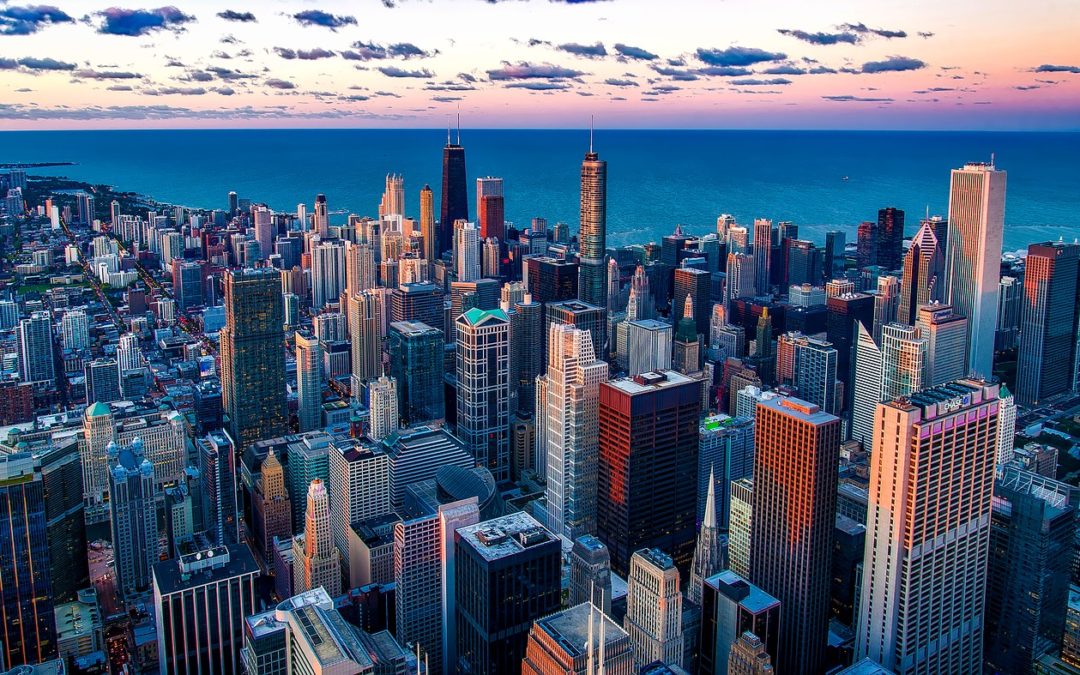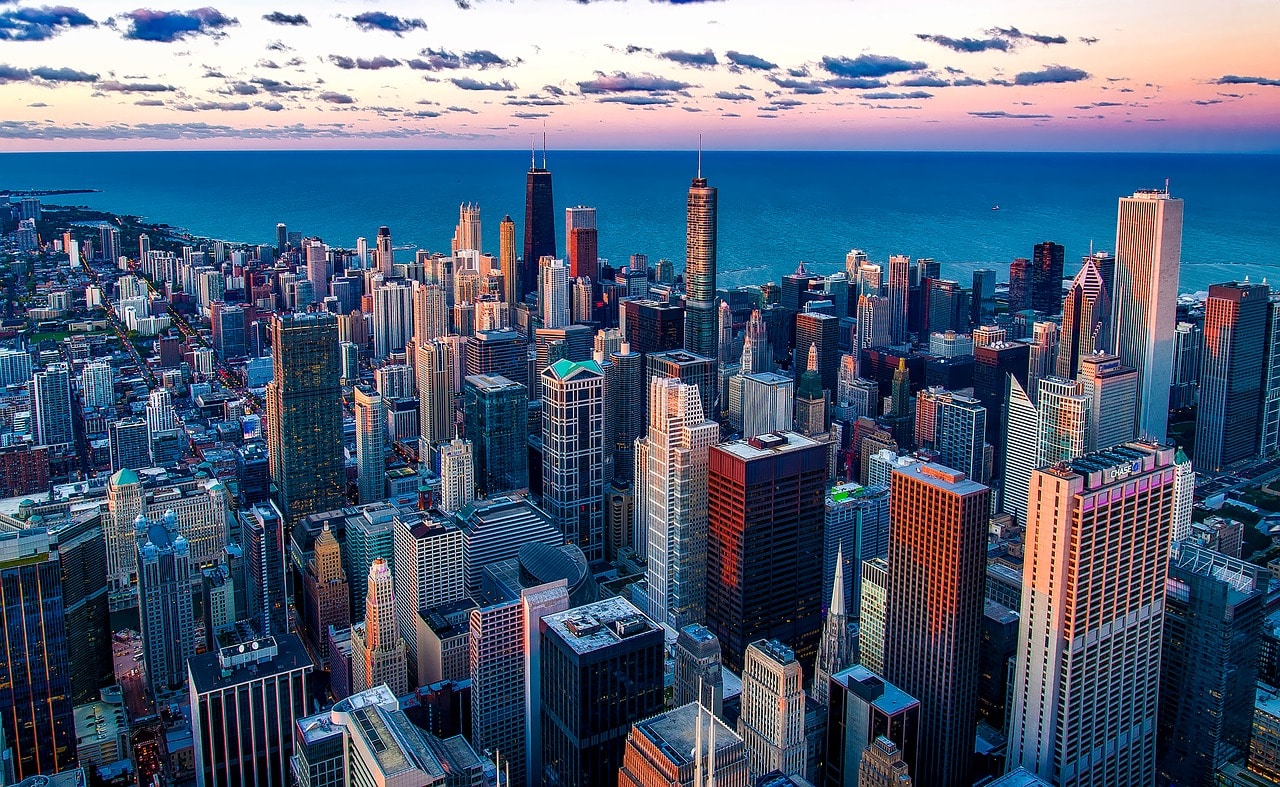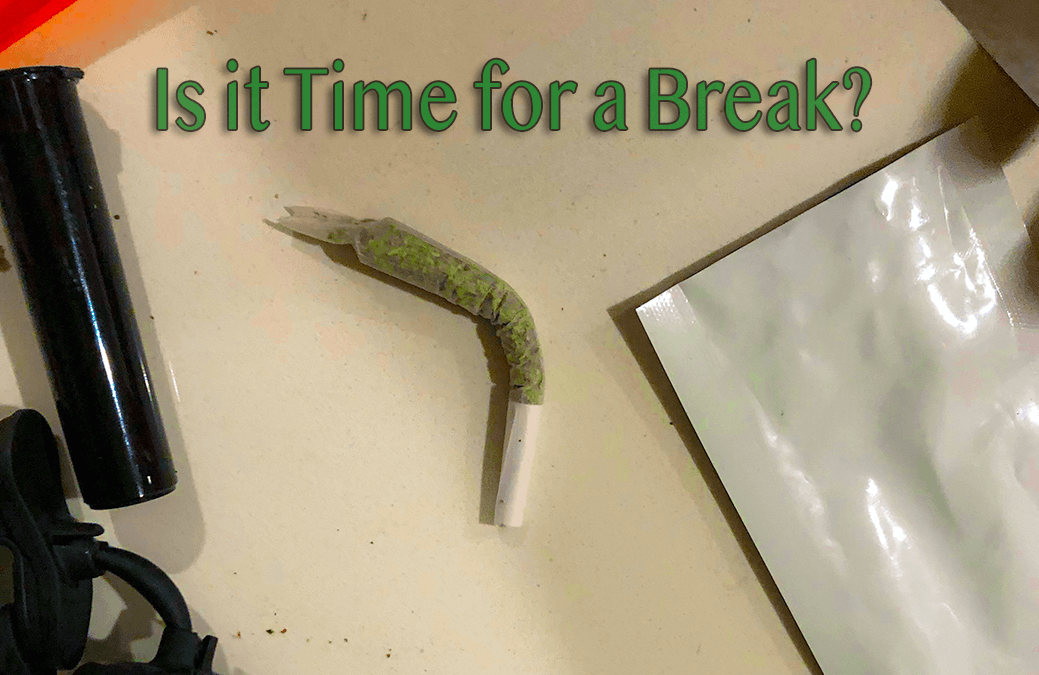
Need a T Break? How to Know if You Need a Tolerance Break
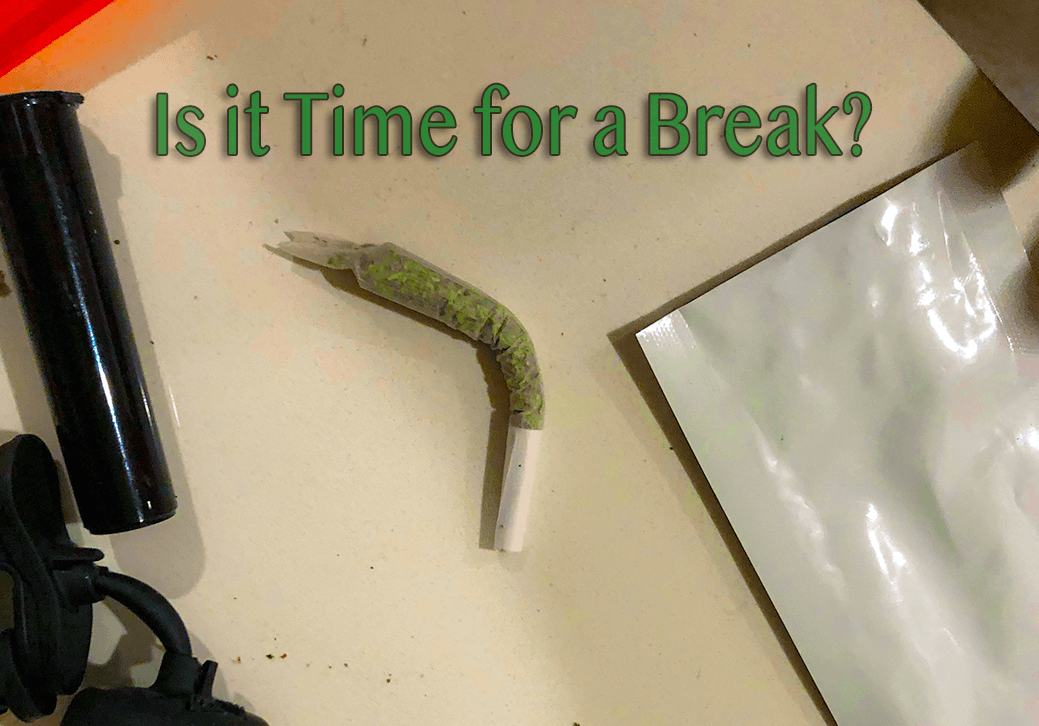
Is that joint just not hitting the way it used to? It might be time for a T break.
A tolerance break, or T break is self-explanatory. When you start drinking, it only takes a couple beers and you’re drunk. But after you start having a couple beers a day for a few months, you won’t get as drunk because your body will start to build up a tolerance to the effects of alcohol.
The same is true for cannabis. More or less.
When do you need a T break?
It’s completely up to you because you’re the only one who knows how cannabis effects you. If you used to get baked like a biscuit off of one joint, but now need a king size or two joints to get the same feeling, it might be time for a T break.
The other option is to consume more cannabis in general, or consume more concentrated cannabis. The only downside to this is that you will be pushing your tolerance even further. Another reason to take a tolerance break is to do just that, take a break.
Cannabis is nowhere near as dangerous as alcohol or tobacco, but that doesn’t mean it doesn’t have an impact on your body. If you smoke frequently before bed, it can become difficult to fall asleep without it, and the same goes for eating. Maybe you need cannabis to eat which is fine, but using it to constantly just “enhance” your meal can make you eat more without thinking about portion control as much. Plus smoking plant matter in general isn’t great for you.
Lastly and probably one of the most stressful reasons to take a T break is because of a job. Unfortunately not all of us are lucky enough to have jobs that don’t drug test. If you get past the interview for a job and they need you to take a drug test, you better hope they give you some time.
THC can be in your system for up to a month if you are a heavy user that smokes several times a day, but can be out of your system in just a few days if your use is minimal and you take the necessary precautions before you take the test. If you just smoked yesterday and you have a drug test tomorrow, your chances aren’t great, but you can chug water and exercise to clean out your system as much as possible, plus other, less conventional methods we’ll save for another article.
How long is a tolerance break?
The beauty of a tolerance break is that it’s 100% customizable. If you just want to take a day off, you can. If you’re a daily consumer it probably won’t make a notable difference though. Most people stop use for a week or more, with some going a month or longer.
Some people who have used cannabis frequently for years may take a month T break and realize how different it is to not be under the influence so regularly. Some people may even quit cannabis all together after a tolerance break. But for a lot of people, it’s about regaining an appreciation for the plant.
Think about your early years with cannabis. The coughs, the laughs, the munchies, the being baked out of your mind. Over time those effects become just part of the experience, and expected with every toke.
Taking some time off can help you appreciate what cannabis really does for you, and in turn bring you closer to cannabis. It has so much more use than just getting high, and sometimes it takes taking a step back for a while to learn to be grateful for all cannabis can really do.
Nobody needs a tolerance break. Hell, I haven’t taken one in years. But just writing this out is making me consider taking a little break so I can regain some of my appreciation for cannabis too.
Leave a comment about your most recent T break, or shoot us a DM on Instagram or Facebook to share your story!

